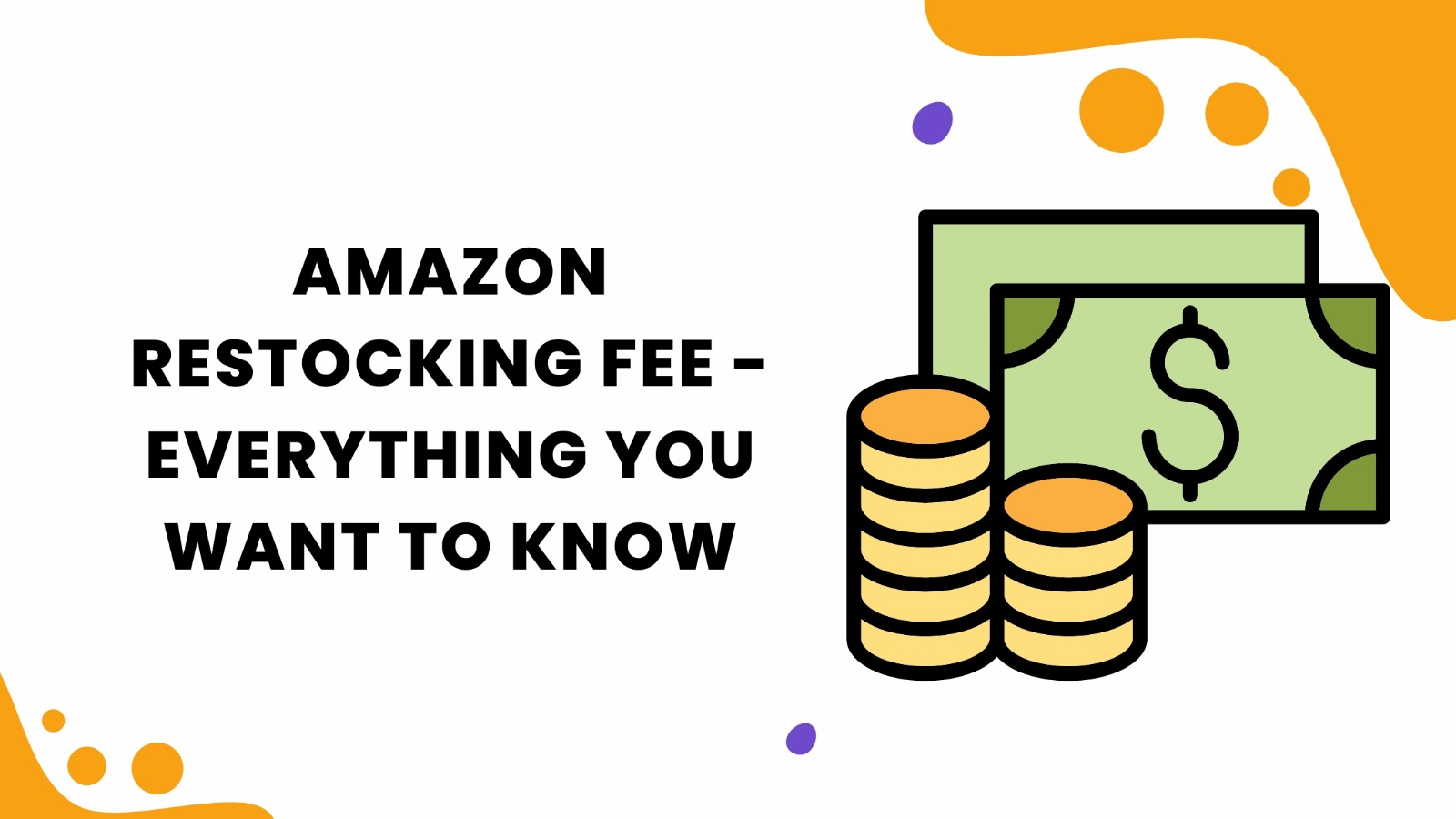Amazon Restocking Fee – Everything You Want to Know
E-commerce is full of challenges and managing product returns is one of them. As a global leader in online retail, Amazon has a comprehensive return policy to make transactions between buyers and sellers smooth. A part of this policy is the Amazon Restocking Fee which is a fee charged under certain conditions when an item is returned.
This post will explain what Amazon Restocking Fees are, how they work, and what it means for buyers and sellers.
What is Amazon Restocking Fee?
Amazon Restocking Fee is to compensate sellers for the cost of processing returns and restocking inventory. This fee is charged when an item is returned in a condition that can’t be resold as new. The fee is for the seller’s time and resources invested in the return process and to protect against product devaluation.
Restocking fees are usually a percentage of the original selling price up to 20%. These fees also serve as a deterrent to prevent frivolous or fraudulent returns. By making customers aware that inappropriate returns will incur extra costs, sellers want to encourage more responsible buying behavior and reduce the number of such returns.
You may also want to know about: Making Returns Hassle-Free
How Amazon Restocking Fees Work?
The process of Amazon Restocking Fees is designed to protect sellers from loss due to non-defective returns. Here’s how it works:
- Return Initiated: A buyer initiates a return through Amazon’s platform and explains the reason for the return.
- Seller Inspection: Once the product is received by the seller, they will inspect the product to see if it’s opened, damaged or used.
- Fee Application: Based on this inspection the seller may charge a restocking fee if the item is not sellable in its original condition.
- Refund Calculation: The restocking fee will be deducted from the total refund and the balance will be refunded to the buyer.
This is good for sellers as it gives them a buffer against the financial loss from such returns and makes the buyer accountable for their actions.
When is the Restocking Fee Charged?
Here are the common scenarios where restocking fees are applied:
- Non-pristine returns: If the item is worn or damaged upon return a restocking fee is applicable.
- Missing original packaging: Missing original packaging can greatly reduce the value of the item, especially for electronics or luxury goods.
- Late returns: Returns made outside the return period will incur a restocking fee.
- Misrepresentation of defects: If the buyer claims a defect that is not found upon inspection the seller may charge a restocking fee.
Benefits to Sellers
For sellers, Amazon Restocking Fees are a way to mitigate losses from returns. Here are some of the benefits:
- Time and Effort: Processing returns, inspecting items, and restocking inventory takes time and resources. The restocking fee covers those costs.
- Discourages Frivolous Returns: By having a restocking fee, sellers can discourage buyers from buying impulsively and returning without a good reason.
- Protection Against Depreciation: If an item is returned and no longer in its original condition, the restocking fee helps offset the depreciation.
Tips for Buyers to Avoid Restocking Fees
- Check the Return Policy Before Buying: Every seller on Amazon has their own return policy. Buyers should read the policy to see if restocking fees apply.
- Handle with Care: Buyers should keep items in perfect condition, especially if they plan to return. That means keeping the original packaging and accessories intact.
- Return on Time: To avoid late return fees, buyers must adhere to Amazon’s return window, usually 30 days from the purchase date. By following these, buyers can avoid restocking fees and a smooth return process.
Amazon Restocking Fee Policy
- Sellers can’t charge a restocking fee if an item arrives damaged or defective due to the seller’s fault.
- The restocking fee must be clearly stated in the seller’s return policy.
- Amazon monitors sellers to ensure restocking fees are applied correctly.
- Sellers who violate these guidelines may be penalized or suspended.
Q&A
Q1) What’s Amazon’s restocking fee?
A fee is charged by the seller when an item is returned used, damaged or incomplete.
Q2) When can a seller charge a restocking fee?
When an item is returned not in original condition, without packaging or beyond the return window.
Q3) Can the buyer dispute the restocking fee?
Yes, buyers can contact Amazon if they think the restocking fee is unfair.
Q4) How to avoid restocking fees on Amazon?
Follow return policies, handle with care, and return on time.
Also read Amazon Return Charges. If you still have any doubts, contact us now.


